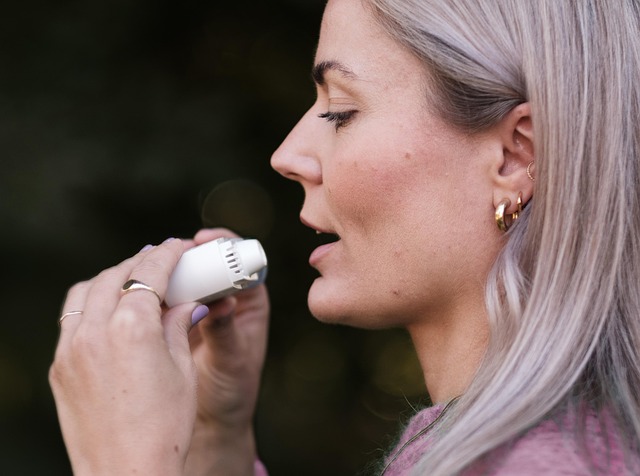The world around us is changing, and with it, the air we breathe. As extreme weather events become more frequent and intense due to climate change, our health is taking a hit, particularly when it comes to respiratory diseases. This connection between environmental shifts and health issues often goes unnoticed, yet it affects millions of people globally.
Air quality is intricately linked to our environment. As wildfires rage in one part of the world, they send clouds of smoke and particulate matter into the atmosphere, impacting air quality far beyond their immediate vicinity. Individuals suffering from respiratory diseases, such as asthma or chronic obstructive pulmonary disease (COPD), often find their conditions exacerbated during these events. Even without a pre-existing condition, the increase in pollution can lead to new respiratory issues.
Moreover, heatwaves, another product of a warming climate, pose a dual threat. Not only do these extreme temperatures create an uncomfortable environment, but they also contribute to the formation of ground-level ozone, a known respiratory irritant. Vulnerable populations, including children and the elderly, are especially at risk, as their respiratory systems may not cope well under these added stresses.
Moreover, flooding, a consequence of heavier rainfall and rising sea levels, brings with it a slew of problems. Mold thrives in damp conditions, leading to an increase in allergic reactions and respiratory infections. Communities affected by severe flooding often face long-term health challenges as they struggle to rebuild and repair their homes and environments.
The changing climate is not just about extreme weather; it’s about how these changes impact our bodily health. Respiratory diseases are on the rise, and they often tie back to environmental degradation and climate events. Poor air quality, increased allergens, and health facilities overwhelmed by natural disasters create a perfect storm for worsening respiratory health.
Raising awareness about the link between climate change and respiratory disease is crucial. As each storm intensifies and air quality fluctuates, understanding and addressing these impacts can help protect the most vulnerable among us. Communities must come together to advocate for cleaner air initiatives and sustainable practices, striving for an environment where everyone can breathe easily and healthily.




